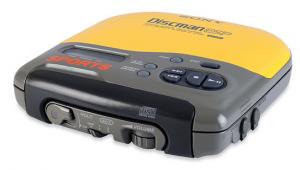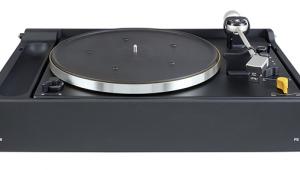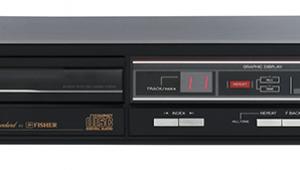Creek CAS4040 amplifier Page 2
This is one of those amplifiers that gained a second life once Compact Disc became established. The original phono stage proved to be difficult to match to real-world cartridges but with a good line level source, such as one obtained from a CD player, these problems are bypassed.
![]() Tim Listens
Tim Listens
The Creek CAS4040 sounds surprisingly plausible when first auditioned, the big bass lines it produces helping to avoid the impression of a restricted and clipped 'small amplifier sound'. It plays strongly over a wide range of listening levels too – a consistent character from soft to quite loud suggests that the power supply sections are quite well scaled for the task at hand. I would describe the overall tonal balance as 'warm', with a little bit of injected treble sparkle to retain the listener's interest. It's easy to understand why this amp sold so well when new as it really does make a very good first impression.
However, more detailed examination showed that some difficulties remained in trying to extract a quart's worth of sound from this pint pot. The unit's high (Class B) efficiency is revealed by switching it off while the source is still playing. At low volumes the sound continues for a good 15 seconds, despite the modest size of the power supply reservoir. The corollary of this appears to be a lack of bass precision, the lowest registers having a 'one note' quality. At times, a particular note or sound blooms and becomes over exaggerated.

Katie Melua's second album Piece By Piece [Dramatico DRAMCD0007] displayed this effect to a greater or lesser extent, the well known track 'Nine Million Bicycles' being a particularly good example. Of course, one cannot expect wonders from small low-cost amps, but of the various compromises available a slightly earlier bass cut off would have been preferable.
Musical Realism
Bass aside, midrange clarity reached a high standard and even though it might be argued that the stereo image could have been sharper, the overall impression of musical realism in this area was a pleasing one. Only at the top end of the frequency range did the problems begin to reappear, with the vocals on the Melua album sounding harder than is normally the case.
Material of a busier, more processed nature played better to the CAS4040's strengths. Listening to Level 42's 'Children Say' from the album Running In The Family [Polydor 831 593-2] showed that with the right musical styles the unit could close the gap between itself and more conventional, and typically more expensive, amps.
True, the artificially heavy bass line was still in evidence, but in this case it worked to the track's advantage. Fine vocal integration and sharp percussion rounded off a session that ran enjoyably right up to the album's end.

Even exploiting the CAS4040's surprising power reserve more fully than usually required for normal listening resulted in the heatsink at the back of the unit becoming only slightly warm. This surely augurs well for long-term reliability.
As a demonstration of minimalist electronic design the CAS4040 is an excellent worked example from which much can be learned. As an artefact of the hi-fi culture of its era it makes an essential addition to any vintage collection. It is only as a working amplifier that it falls just short in my view.
Buying Secondhand
The CAS4040 really did improve over its lifetime so it pays to look out for later examples when buying. This is particularly the case if you plan to use the unit with a turntable. The original IC-based RIAA stage was clever in the way that it was implemented but the later, discrete transistor, models represent a genuine upgrade.
As an exception to the 'later is better' rule, we have been advised by Creek that the variant of the output stage with the extra driver transistors was not as reliable as the standard layout, hence the reversion to the original scheme in subsequent production.

In all versions the use of Class B operation and AC coupling makes the provision for adjustments for bias and offset unnecessary. This means, of course, that there are no preset resistors at all in this unit.
The fact that the amplifier is AC coupled means that it is more difficult to damage, but other than a generous smattering of fuses there are no protective systems in the CAS4040 so it is wise to check that both channels are working properly before you part with your cash for a secondhand model.
This matter aside, noisy controls and broken PCB tracks around the sockets at the rear of the amplifier are the main problem areas. But both of these are usual weaknesses in units of this type.
Hi-Fi News Verdict
Considered by many as something of a giant-killer when originally launched onto the UK market in 1982, the Creek CAS4040 is remembered fondly by the thousands of owners for whom it represented their first taste of real hi-fi. With the right music it can make for an enjoyable listen even today and as an example of 'minimalist engineering' done right has earned itself a place in the halls of hi-fi history.


















































